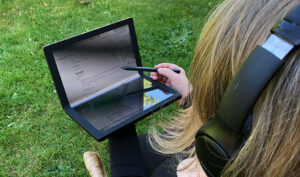
The Hybrid Model Coming Our Way: What We Can and Can’t Anticipate
For the past year, we’ve lived through a worldwide experiment about work from away (WFA)—whether the away was home, a second home or vacation spot,

For the past year, we’ve lived through a worldwide experiment about work from away (WFA)—whether the away was home, a second home or vacation spot,

Editor’s Note: This post, sponsored by our friends at Lenovo, represents the authors’ views. There’s no question that work, especially since the pandemic began, has

An ill-suited conversation. A moment of innuendo. Or a comment targeted at our gender, wardrobe choices, and even our hairstyles. Each, depending on context, are